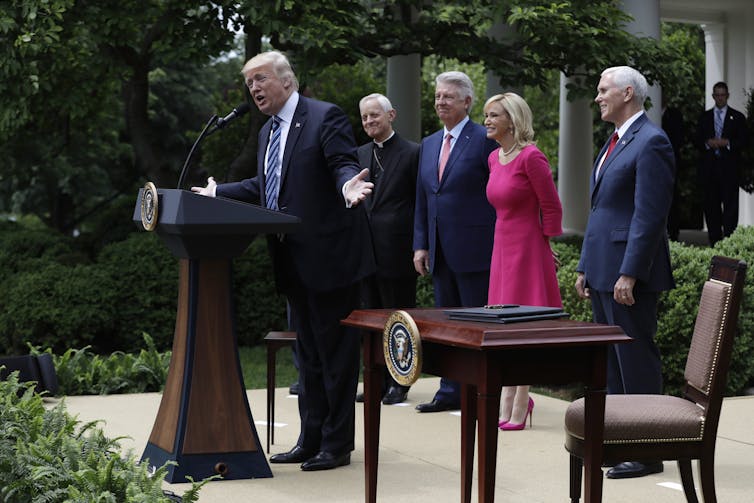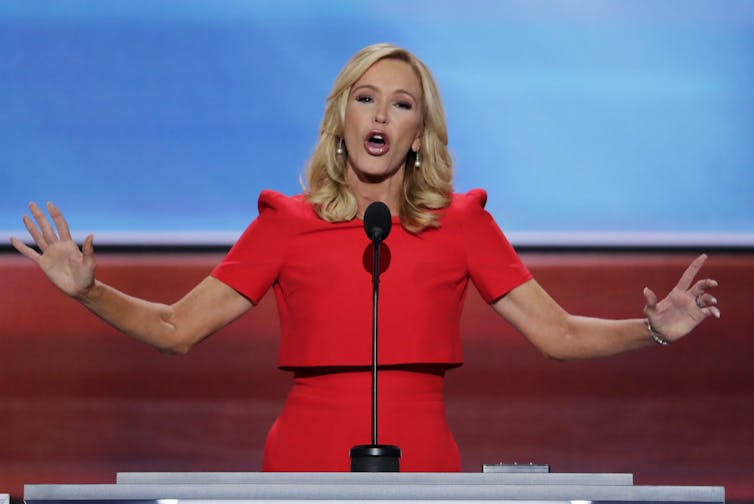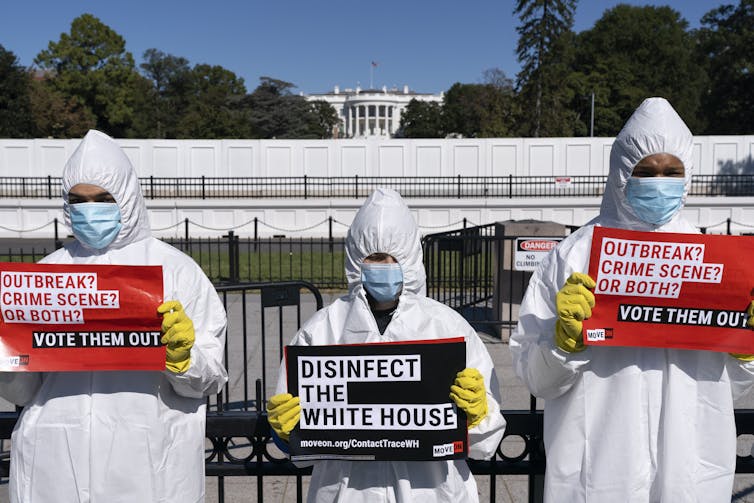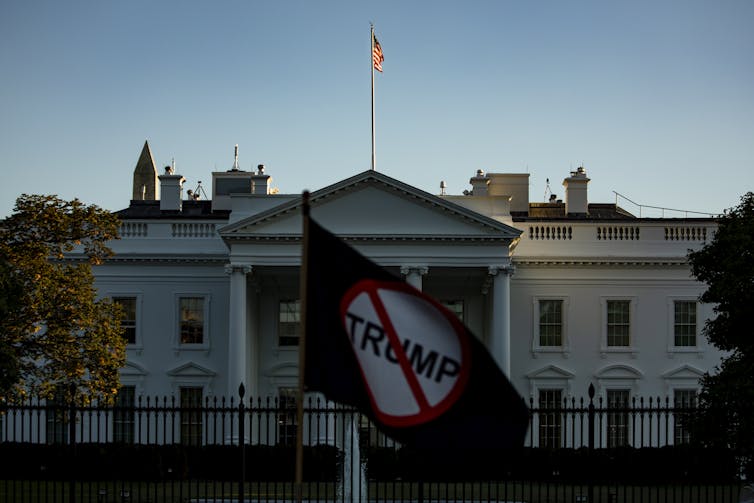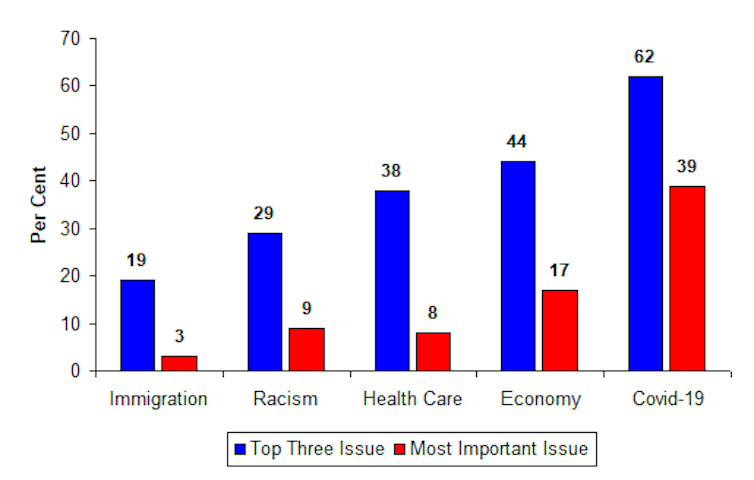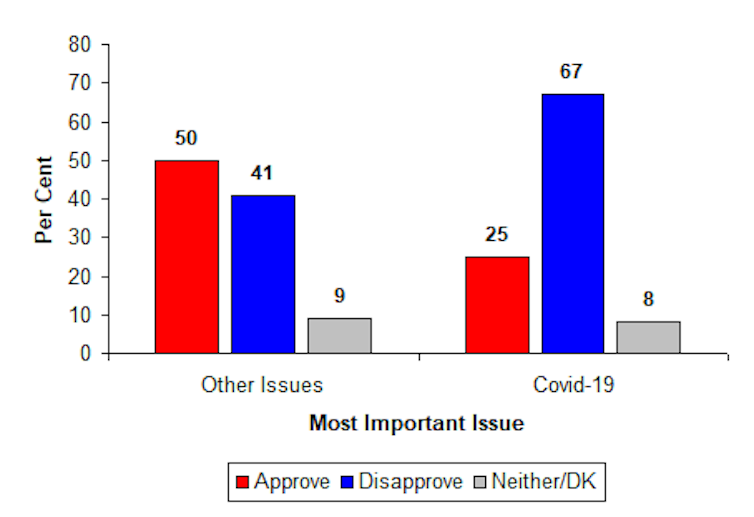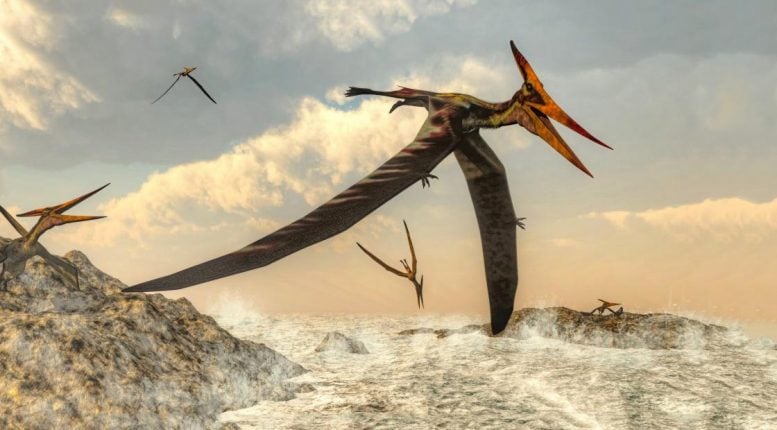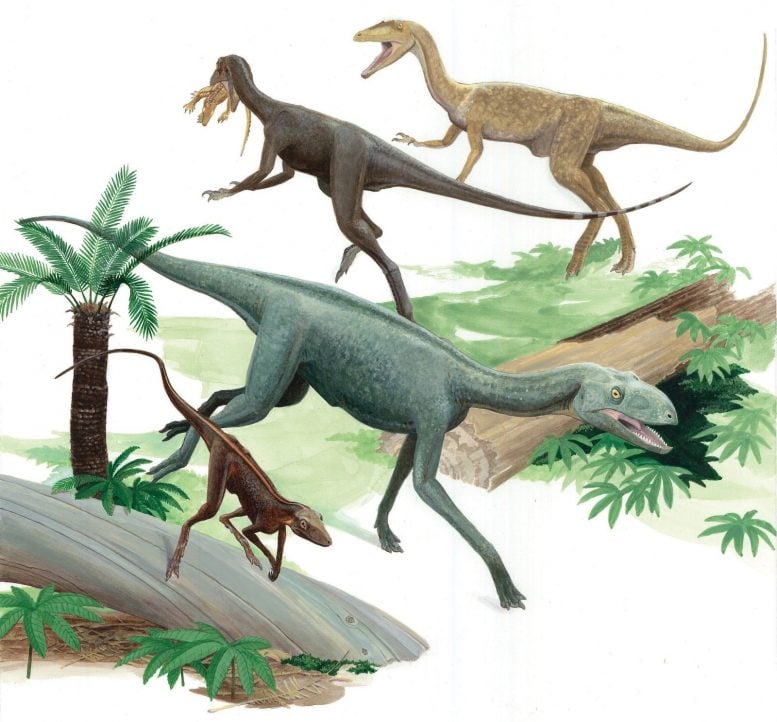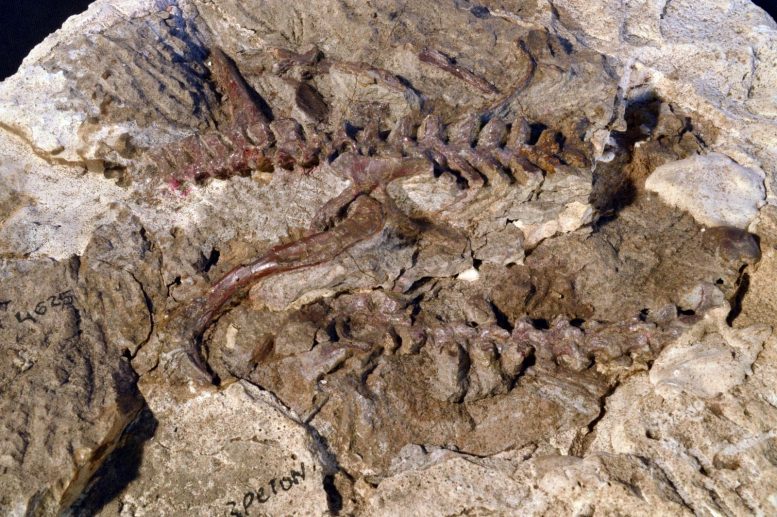The centrality of critical education in dark times
by Henry Giroux | Published: 00:00, Dec 13,2020
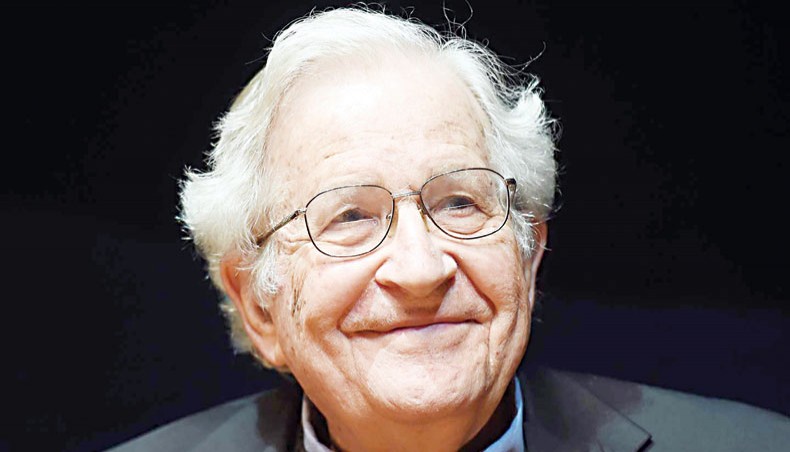
Noam Chomsky. — The Nation
Writers speak the unspeakable and the closer you get to it, the more real it is, which is part of making life possible for those who come after.
— Arthur Miller
THROUGHOUT his entire life, Noam Chomsky has used his knowledge, skills, and stature as a public intellectual to advocate for a radical change in societies that have failed to live to the promises and ideals of a radical democracy. Chomsky has made clear that intellectuals, artists, educators, and other cultural workers have a responsibility to use education to address grave social problems such as the threat of nuclear war, ecological devastation, and the sharp deterioration of democracy. And he has done it by communicating in multiple spheres to diverse audiences. His academic work and public interventions have become a model for enriching public life and addressing staggering forms of economic inequality, needless wars, and class and racial injustices. He has worked tirelessly to inspire individuals and social movements to unleash the energy, insights, and passion necessary to keep alive the spirit, promises, and ideals of a radical democracy. He models his own work on the responsibility of intellectuals by drawing from a wide variety of disciplinary fields and in doing so embraces a notion of education that turns intellectuals and cultural workers into border crossers and refiners of the moral imagination. This talk is dedicated to his courage and relentless spirit of resistance.
Across the globe, democratic institutions such as the independent media, schools, the legal system, certain financial institutions, and higher education are under siege. The promise, if not ideals, of democracy are receding as right-wing populism and an updated version of fascist politics are once again on the move subverting language, values, courage, vision, and hope for a more just and humane world. In the current historical moment, we are witnessing a crisis of education, consciousness, civic imagination, and democratic values. Education has increasingly become a tool of domination as right-wing pedagogical apparatuses controlled by the entrepreneurs of hate attack workers, the poor, people of colour, refugees, immigrants from the south and others considered disposable. In the midst of an era when an older social order is crumbling and a new one is struggling to define itself, there emerges a time of confusion, danger, and moments of great restlessness. The present moment is once again at a historical juncture in which the structures of liberation and authoritarianism are vying for shaping a future that appears to be either an unthinkable nightmare or a realisable dream.
The dark times that haunt the current age are epitomised by a new crop of authoritarians who echo the politics of a totalitarian past and have come to rule in the United States and a number of other societies. These architects of a new breed of fascist politics increasingly dominate major cultural apparatuses and other commanding political and economic institutions across the globe. Their nightmarish reign of misery, violence, and disposability is legitimated, in part, in their control of all sorts of knowledge producing settings that construct a vast machinery of manufactured consent. This reactionary educational formation includes the mainstream broadcast media, digital platforms, the internet, and print culture, all of which participate in an ongoing spectacle of violence, the aestheticisation of politics, the legitimation of opinions over facts, and an embrace of a culture of ignorance. For instance, in the United States, Donald Trump’s shaping of political culture has become in many ways more toxic and damaging than his public policies given his undermining of the civic fabric, rule of law, and democracy itself. He normalised racism, state violence, hatred, and disinformation by not only bringing it to the centre of power, but also by deeply embedding a toxic, death-dealing politics deep into the American consciousness and culture. Trump used the term ‘fake news’ as an instrument of power to disdain the truth and call the press the enemy of the American people. Anti-intellectualism and a hatred for the truth became the new normal in American culture. Under such circumstances, the growing reign of authoritarianism and right-wing popular movements waged a war on critical forms of education, regarded the truth with disdain, and disparaged the very presence of critical judgement in any sphere where civic literacy asserted itself. This plague of ignorance and culture of lies took place in the midst of a death dealing pandemic accelerated by a bungling mode of governance that disdained scientific evidence, played down the seriousness of the virus, offered no national plan to deal with the pandemic, and confused science with pseudo-science. As infections rose and deaths skyrocketed, the United States turned into a funeral home. Trump’s response was to focus relentlessly on the bogus claim that he won the presidential election while relentlessly attempting to legitimate and circulate a range of bizarre and utterly delusional right-wing conspiracy theories.
It is hard to imagine a more urgent moment for taking seriously the call to make education central to politics. The rule of authoritarianism is imposed less and less by military coups than it is through elections subverted by the force of oppressive forms of education that extend from the schools to the social media and other cultural apparatuses. The educational force of the cultural sphere is now amplified by the merging of power and new instruments of culture that have produced powerful sites of struggle in an effort to normalise and legitimate dominant ideas, values, and social relations. Making education central to politics means that any viable notion of education has to address the cultural forces shaping policies and society so as to create a formative culture in the service of democratic modes of agency, desires, and identities. If education is going to work in the service of democracy, it needs a new vision and language in which the call for real change resonates with the concrete needs, desires, values, and modes of identification that working-class people of every stripe can understand and relate to critically. As Stuart Hall once pointed out, without a politics of identification there is no hope for education in the service of creating critically informed agents. At stake here is the notion that education is a social concept, one rooted in the goal of emancipation for all people. Moreover, this is an education that encourages the acquisition of forms of human agency that are not content to enable people only to become critical thinkers. They should also be engaged individuals and social agents willing to intervene in the shaping of society. This is a pedagogy that calls us beyond ourselves, and engages the ethical imperative to care for others, dismantle structures of domination, and to become a subject rather than an object of history, politics, and power.
If we are going to develop a politics capable of awakening our critical, imaginative, and historical sensibilities, it is crucial for educators and others to create a political project infused with a language of critique and possibility, informed by the crucial notion that there is no substantive democracy without informed citizens. Such a language is necessary to enable the conditions to forge a collective international resistance among educators, youth, artists, and other cultural workers in defence of not only public goods, but also a democracy with the guarantee of not only civil and political rights, but also economic rights that ensure both dignity and a meaningful sense of agency. Such a movement is important to resist and overcome the tyrannical fascist nightmares that have descended upon the United States, Brazil, Hungary, India, and a number of other countries in Europe plagued by the rise of right-wing populist movements and neo-Nazi parties. In an age of social isolation, information overflow, a culture of immediacy, consumer glut, and spectacularised violence, it is all the more crucial to take seriously the notion that a democracy cannot exist or be defended without informed and critically engaged citizens.
Education must be broadly understood as taking place in multiple sites and defined, in part, through its interrogation on the claims of democracy. As Ariel Dorfman argues it is time to create the cultural institutions and pedagogical conditions in multiple sites extending from the mainstream press to the online digital world in order ‘to unleash the courage, energy, joy and, yes, compassion with which rebellious millions [can] defy fear and keep hope alive in these traumatic times.’ As Pierre Bourdieu has argued, ‘important forms of domination are not only economic but also intellectual and pedagogical and lie on the side of belief and persuasion [making it all the more] important to recognise that intellectuals bear an enormous responsibility for challenging this form of domination.’ This is an especially crucial demand at a time when the educational and pedagogical force of culture works through and across multiple sites. Schooling is only one site of education, while movies, television, books, magazines, the internet, social media, and music are incredibly significant forces in shaping world views, modes of agency, and diverse forms of identification. What this insight suggests is that academics, artists, intellectuals, and other cultural producers bear an enormous responsibility in addressing social problems, educating a broader public in ways that allow them to think critically and act with conviction and courage. They also need to support those institutions, public spaces, and cultural apparatuses where public issues can be debated, power can be held accountable, and intellectual inquiry is given the full range of its imaginative and critical possibilities.
The responsibility of public intellectuals also points, as CW Mills argues in The Sociological Imagination, to the work of translating private issues into larger systemic considerations, and to speak to people in ways that are accessible, can awaken their sense of identification, and illuminate critically the conditions that bear down on their lives. As intellectuals, it is crucial to remember that there is no genuine democracy without the presence of citizens willing to hold power accountable, engage in forms of moral witnessing, break the continuity of common sense, and challenge the normalisation of anti-democratic institutions, policies, ideas, and social relations.
In a time when truth has become malleable and Americans have been told that the only obligation of citizenship is to consume, language has become thinner and more individualistic, detached from history and more self-oriented, all the while undermining viable democratic social spheres as spaces where politics brings people together as collective agents willing to push at the frontiers of the political and moral imagination. Americans have forgotten their civic lessons, and in doing so ceded the ground of history to the purveyors of lies, militarism, and white supremacy. Trump’s support for the ideals of the confederacy makes clear that language is a doorway that can lead to normalising the horrors of the past. Risking the failure to learn from history, we fail to see elements of a horrendous past re-emerging as ‘an early warning system.’
Making education central to politics suggests that as artists, researchers, and academics we ask uncomfortable questions about what Arundhati Roy calls ‘our values and traditions, our vision for the future, our responsibilities as citizens, the legitimacy of our “democratic institutions”, the role of the state, the police, the army, the judiciary, and the intellectual community.’ Education has the task of creating the conditions in which people develop a collective sense of urgency that prompts a desire to learn how to govern rather than to learn merely how to be governed. Education for empowerment means creating informed and critically engaged social movements willing to fight the emotional plagues, economic inequality, human misery, systemic racism, and collapse of the welfare state caused by neoliberal capitalism and other forms of authoritarianism. Democracy’s survival depends upon a set of habits, values, ideas, culture, and institutions that can sustain it. Democracy is both fragile and always unfinished and its fate and future are not only a political issue but an educational one as well.
In the end, there is no democracy without informed citizens and no justice without a language critical of injustice. Democracy should be a way of thinking about education, one that thrives on connecting pedagogy to the practice of freedom, learning ethics, and on agency to the imperatives of social responsibility and the public good. In the age of nascent fascism, it is not enough to connect education with the defence of reason, informed judgement, and critical agency; it must also be aligned with the power and potential of collective resistance. We live in dangerous times. Consequently, there is an urgent need for more individuals, institutions, and social movements to come together in the belief that the current regimes of tyranny can be resisted, that alternative futures are possible and that acting on these beliefs through collective resistance will make radical change happen.
Noam Chomsky’s work is infused with the notion that history is open, and that it is necessary for people to think otherwise in order to act otherwise, especially if we want to imagine and bring into being alternative democratic futures and horizons of possibility. Chomsky’s importance in developing a vision infused with a mix of justice, hope, and struggle has never been more important than it is today. Moreover, in the face of the emerging tyranny and fascist politics that are spreading across the globe, it is time to heed his call to merge a sense of moral outrage with a sense of civic courage and collective action. At the very least, education is central to politics because it provides the foundation for those of us who believe that democracy is a site of struggle, which can only be engaged through an awareness of both its fragility and necessity. What we cannot do is look away. Goya was right when he warned, ‘the sleep of reason produces monsters.’
CounterPunch.org, December 11.
Henry A Giroux currently holds the McMaster University chair for scholarship in the public interest in the english and cultural studies department and is the Paulo Freire distinguished scholar in critical pedagogy.


